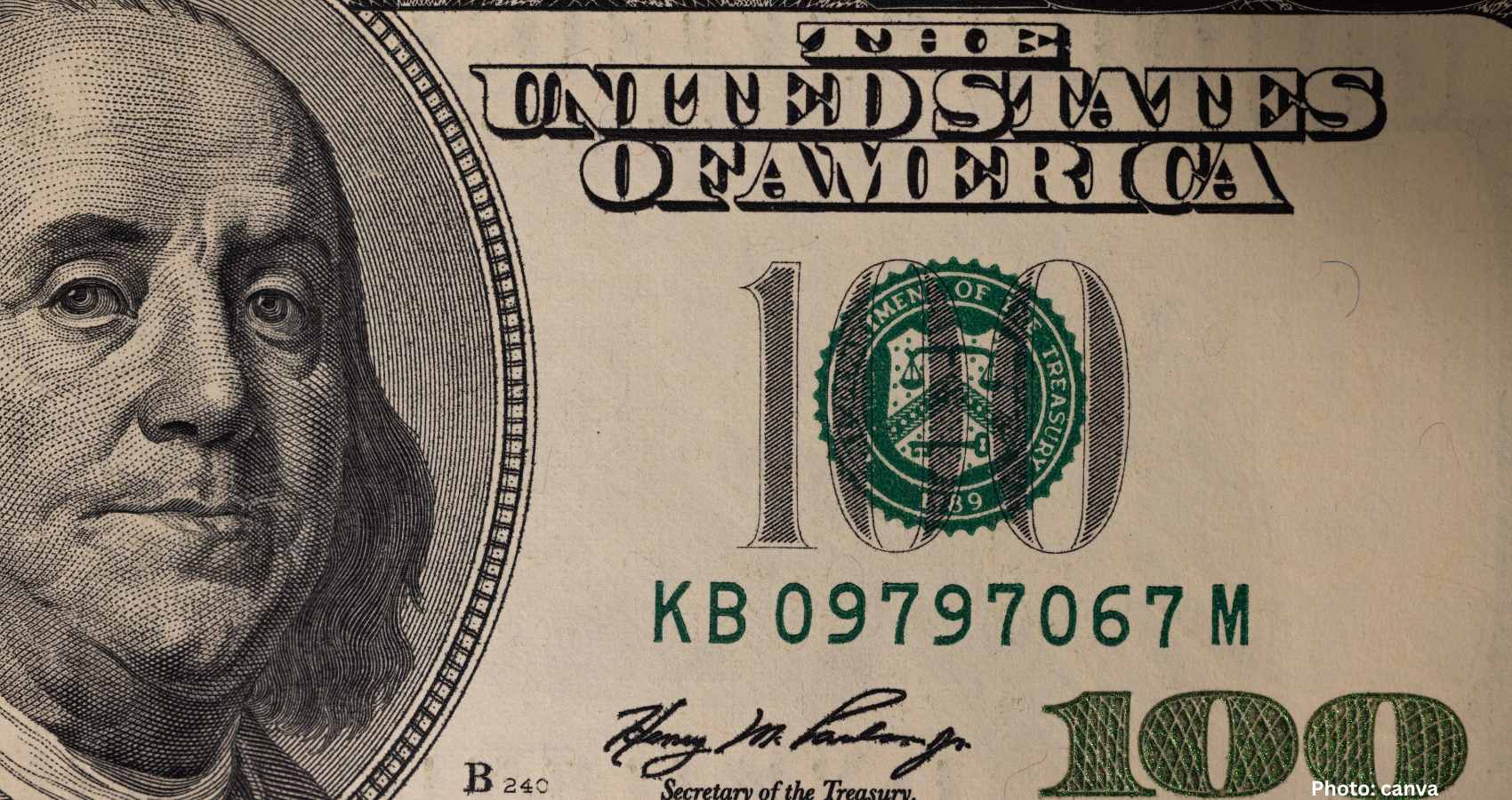The United States Treasury Department has officially announced plans to begin phasing out production of the penny, a coin it has continuously minted for over 230 years. However, the penny is not disappearing from everyday life just yet. Despite the halt in manufacturing, the one-cent coin will continue to be legal tender and widely used across retail stores nationwide for the foreseeable future.
The transition away from minting the penny is intended to begin early next year, but its impact will be gradual, especially in cash-heavy retail sectors. According to Jeff Lenard, spokesperson for the National Association of Convenience Stores, consumer behavior may not be significantly affected in the initial stages of the change. “If we look at the experience in Canada, for the first year after they stopped making pennies, there’s really no change in transactions,” Lenard said in an interview with CNN.
Convenience stores, which process more cash payments than any other type of business, handle approximately 32 million cash transactions per day. This figure accounts for nearly 20% of all purchases made by their customers, Lenard noted. Given the sheer volume of cash transactions in such stores, many retailers are expected to continue using the penny until their supplies dwindle.
The National Retail Federation (NRF), representing both major U.S. retail chains and a broad range of smaller businesses, echoed a similar outlook. It anticipates that most of its member retailers will still accept and circulate pennies even after the Treasury ceases production. However, the NRF expects that, over time, businesses will begin rounding cash transactions to the nearest nickel once banks start running low on penny supplies.
“Retailers’ primary goal is serving customers and making this transition as seamless as possible,” explained Dylan Jeon, senior director of government relations at the NRF. This reflects a widespread commitment among retailers to ensure minimal disruption to customers during the transition.
Currently, the U.S. has an estimated 114 billion pennies in circulation. Nevertheless, the Treasury has classified them as “severely underutilized.” Many of these coins are not actively used in commerce and instead remain in coin jars, junk drawers, or forgotten containers throughout households across the country. Their minimal usage in daily transactions has prompted this step by the federal government.
To put this into perspective, the vast number of existing pennies could theoretically fill a cube about 13 stories tall. Despite this large stockpile, many people choose not to accept pennies when offered as change, often placing them into communal containers such as the “leave-a-penny-take-a-penny” dishes found at many store checkouts.
Lenard emphasized that the current abundance of pennies in circulation means there won’t be an immediate shortage. “Retailers won’t necessarily run out of them for a while,” he explained. However, as the supply at banks diminishes over time, businesses will inevitably shift their practices. Without new rolls of pennies from financial institutions, retailers will gradually start rounding cash transactions either up or down to the nearest five cents.
Importantly, this change will not be enforced by any government directive. The decision on when to start rounding transactions will be left up to each individual retailer. As Lenard noted, “The decision when to do that will rest with each retailer, not official government policy.”
It’s also worth highlighting that this change primarily affects cash transactions. Purchases made with electronic methods such as credit and debit cards will still be calculated down to the exact penny, maintaining price accuracy for non-cash payments.
Looking at international precedent, Canada provides a useful model. Although Canada stopped producing its one-cent coin in 2012, the penny is still accepted as legal currency. According to Canada’s finance ministry, pennies “retain their value for transactions indefinitely.” This policy means that if a customer chooses to pay with pennies, most Canadian retailers are still likely to honor those coins in completing a purchase.
The same principle is expected to hold true in the United States. Lenard believes retailers will continue to accept pennies from customers, even after new ones are no longer minted. “There’s a saying in retail, ‘Never lose a customer over a penny,’” he said. “I never really thought of it in these terms, but it applies even more here. I think if someone wants to pay with pennies, most retailers will err on the side of making those customers happy.”
This approach reflects both a pragmatic and customer-friendly attitude among businesses. Retailers are likely to prioritize customer satisfaction over strict adherence to coin policy, especially in the case of small denominations. While the phase-out of penny production marks a significant shift in U.S. coinage history, its day-to-day impact on consumers and businesses alike is expected to be limited, at least in the near term.
For now, the penny remains very much a part of American commerce. Though production may wind down beginning next year, the coin will continue to change hands at cash registers, rest in change jars, and be used by customers who still value it. The U.S. retail system, especially its convenience stores and smaller businesses, is preparing to make the transition as smoothly and flexibly as possible.
The story of the penny is far from over. As the nation adapts to changes in currency production, the familiar copper coin will likely stick around—whether jingling in pockets or quietly resting in trays by the checkout—for many years to come.

